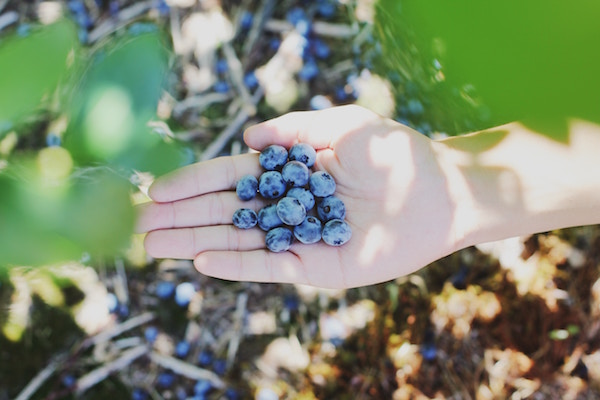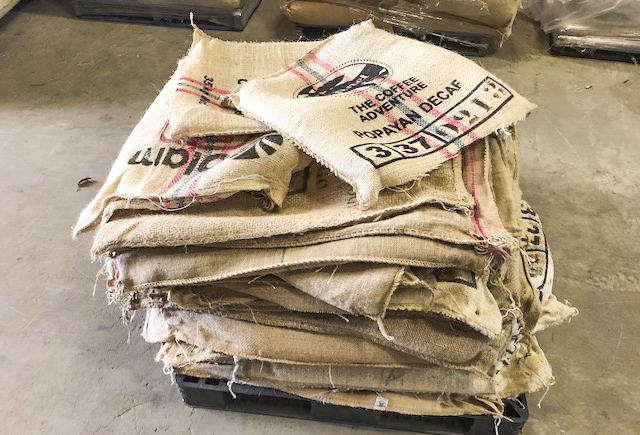Though the climate crisis has slowed the arrival of winter in many parts of Australia, as the mercury falls it’s time to start worming up for the wintry months ahead.
We humans can rug up against whatever the season brings, but worm farms and compost bins are more exposed to the elements and vulnerable to cold temperatures, wind, and rain. Worms and other compost critters love warmth just like we do, so how do they deal with the wetter, chillier months?
The good news is worms and compost can weather the winter too with just a bit of TLC - and here’s how you do it.
What does cooler weather do to my worms and compost?
The cold can affect composting systems in three significant ways:
1. Organic material takes longer to break down
Food, paper and many other organic materials break down beautifully in warm, damp conditions. During summer, in most places the sun’s heat raises the internal temperature and humidity of our bins and worm farms. Bacteria and worms bask like kings in this balmy haven. They multiply with wild abandon and joyously feast on the decaying matter. It’s like their version of a tropical holiday buffet!
In the cool of winter, they slow right down to glacial speed...a bit like us at work at 3pm.
2. Dryness
Even though it rains more in winter, the humidity in your compost bin or worm farm will drop. This is because dry air wicks away moisture. At worst, worm farms become bone dry - eventually becoming a little worm graveyard if left unchecked.
3. Pests
Dry air and dry soil are an invitation for cockroaches, spiders and ants to nest. While there are things you can do manage them (like soak your compost with a hose, then aerate thoroughly and only add garden scraps when you add food scraps to avoid dry patches forming), they're easily avoided and are all critters you’d rather not have to deal with.
How to keep your compost healthy and happy through winter
Now we know what’s happening inside our compost bins and worms farms when it's cold outside. By following these easy steps, we can keep our worms alive to fight another day.

Step 1: Find shelter from the rain and wind
Rain and wind can obliterate a worm farm or compost bin if the lid blows off, or if water enters and soaks the contents. Rain can be especially devastating for worm farms if they aren’t open at the bottom or the tap isn’t open, flooding the worms into exile or, worse, asphyxiating them.
If your system is windblown, secure the lid with a weight - especially compost bins. Move your system next to a fence or between your council bins to protect it from strong winds. Exposure to wind is one of the fastest ways to dehydrate your compost (slowing down decomposition) and your worms (slowing them down and potentially killing them).
If you experience heavy rain in your area, shelter your bin or farm underneath an awning, carport, or a piece of wood. Make sure that the bin can still breathe and release gases. You can even bring your worm farm inside.

Step 2: Position near a warm surface
If the temperature is low, keep your worm farm next to an ambient heat source such as a brick or concrete wall. Bricks, concrete and rock absorb heat during the day, and radiate it after nightfall. Mmm, toasty.

Step 3: Slow down the feed
Much like us, worms and bacteria get sluggish in cold weather so they struggle to keep up their usual energetic waste-munching.
When the mercury drops, reduce the amount of feed you give your worms. If they aren’t eating at all, give them a break from additional food to break down what is already in the bin.
Get 'gourmet' by chopping your scraps into tiny pieces or blending them into a nutritious winter ‘soup’!
(By the way, worms dig the ‘ole chop and blend year-round.)

Step 4: Maintain moisture levels
Cold weather can be so dehydrating - chapped lips, anyone? Let’s prevent chapped worms by keeping an eye on the moisture levels. As always, you can do this by picking up a small handful of worm bedding. It should be moist enough to stick together when you squeeze it but not so moist that it drips water..
Laying a cloth or a hessian blanket on top of the scraps in your worm farm or compost bin is an excellent way to keep your worms and compost protected from pests and to maintain heat and moisture. You can use an old towel, shirt, or anything made from natural fibres, or grab one of our awesome worm or compost blankets repurposed from used hessian coffee sacks saved from landfill through partnerships with local Australian coffee roasters!

Finally...don’t forget about me!
Believe us, we know how very tempting it is to stay cosy inside the house through winter. The reduced daytime hours can make it difficult to check in on your worm farm or compost bin. It’s cold. We’re tired. There’s Netflix. We get it! Alas, for these reasons, winter is often the time that great composting habits fall apart.
Your worms still need regular attention, so make it easy on yourself!
- You may like to bring your worm farm inside, put it by the front door, or put it close to the house where you won’t miss it.
- Pop a reminder into your calendar for regular checks.
- Share care duties with your housemates.
- And as always, keep a good balance of nitrogen (food scraps) and carbon (newspaper, dry leaves, etc).
Try to find convenient ways to keep an eye on your squiggly composting army. They’re worth it.
That’s it! With these simple steps, you can keep your compost system chugging along rain, hail or shine, so you can continue playing an important part in reducing landfill, cutting planetary greenhouse gas emissions, and returning nutrients to the soil.
Have you actioned our Winter Wormer steps? Let us know on our Facebook page.



